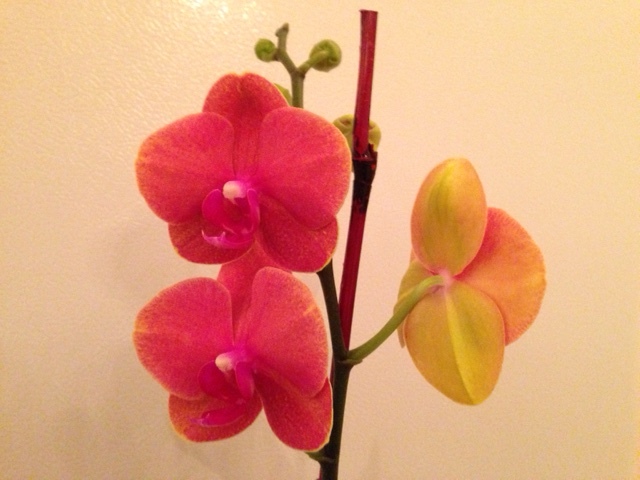“Color is a basic human need… like fire and water. A raw material, indispensable to life.”
– Ferdinand Leger
It is October and color is everywhere. So why is color so hard to talk about?
We have the conventionally agreed upon the word hue to refer to primary or secondary colors – red, orange, yellow, green, blue, purple. We have chroma to describe a color’s brightness or dullness, and we have value as a reference to its lightness or darkness. In addition, I like to refer to a color’s tone as being warm to cool. But these don’t help us very much when we are trying to tell someone about a color.
We resort to naming colors by referring to them as other things – champagne, ivory, eggplant. What color is ivory? It is thousands of colors. I have seen it from the palest off-white to the color of a brown paper bag. The word “ivory” seems to encompass a particular range that conjures the image of some sort of generic ivory and that is about the best we can do to pin it down.
Can you describe the color of the orchid, or the begonia?
Not easy, is it?
In The Secret Language of Color by Joann and Arielle Eckstut, from which the Leger quote is taken, they ask if you can name the color of your skin. Could you say it matches chocolate or a peach? Well, the answers are no you can’t, and no it doesn’t.
But you can see the colors in your skin, and you can see how your skin looks in relation to any other color that is next to it. Some enhance it and others detract. This is what I am interested in helping you to explore so that you can learn to use all the colors in your life to your best advantage, even though you still can’t talk about them very well.
Special Feature

Tom Granath of Granath Color Works is one of the most skillful painters, faux finishers and muralists that I know and I am pleased to have him as The Way of the Chosen Color’s first feature. Go to his website at www.GranathColorWorks.com or follow him on Facebook and think of him for all of your restoration and painting needs in the greater NYC metropolitan area.